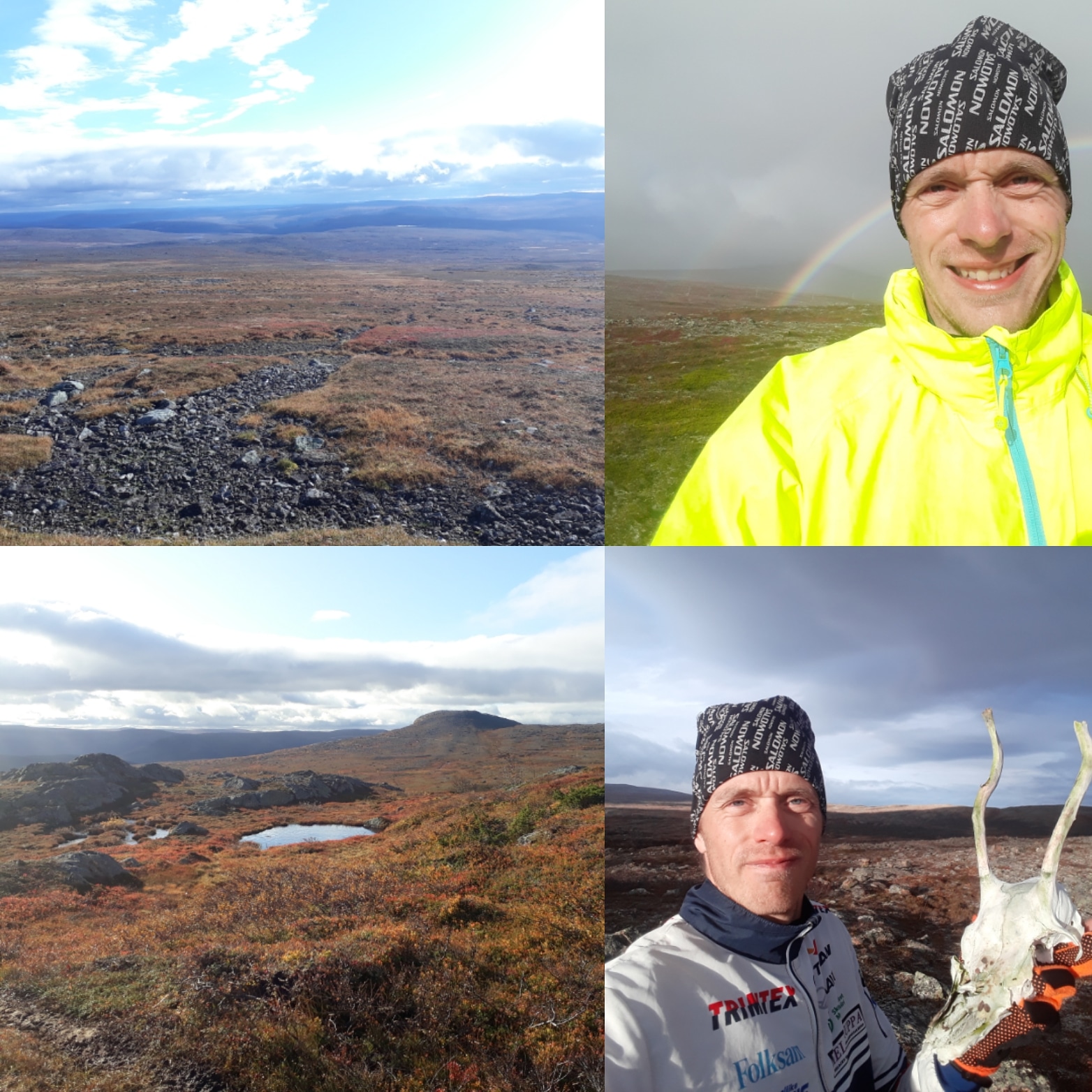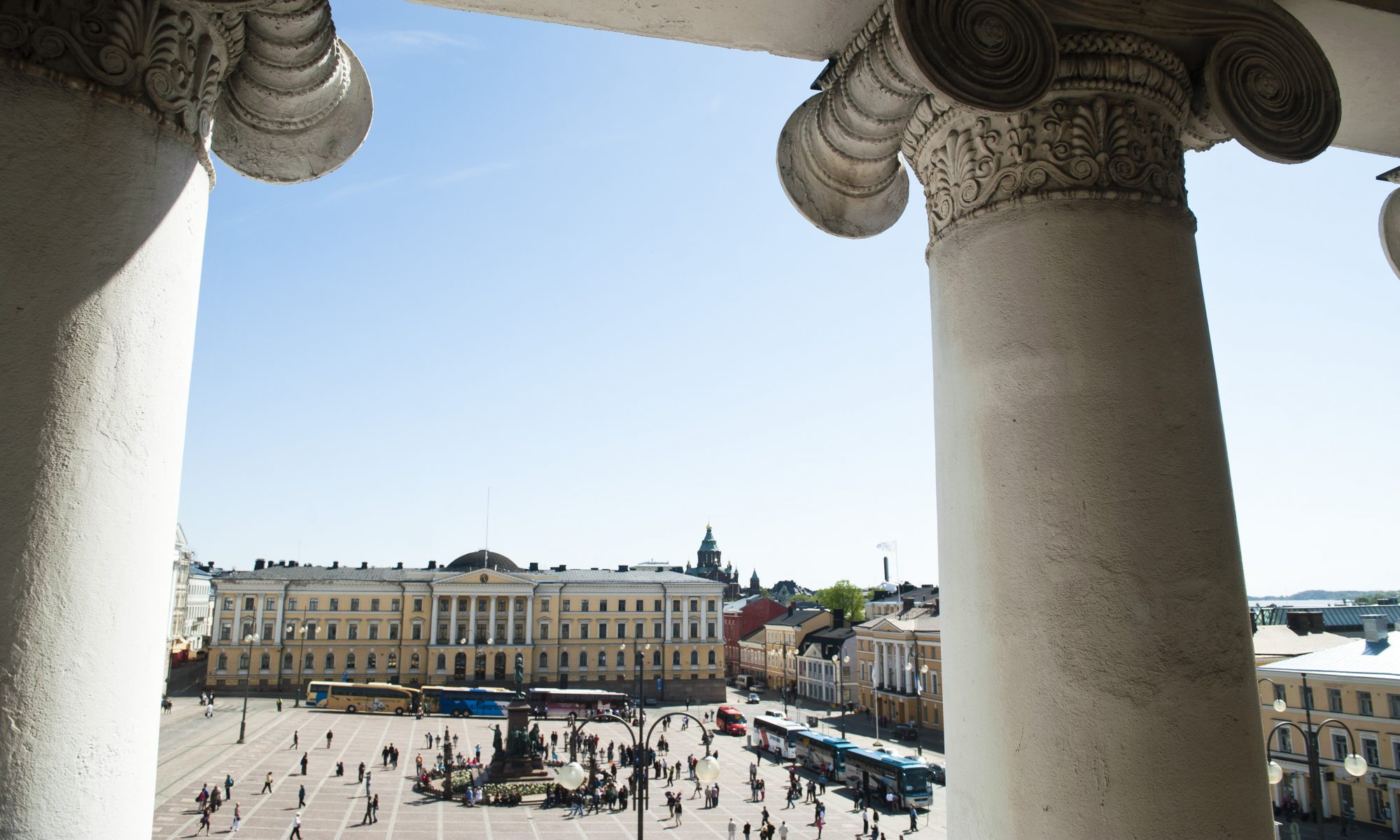Open learning and open science are more engaged each other than one can think. In the geography teaching in higher education we have noticed that more open data sources, rise of open source software, and call for open publishing have affected also to our ways to teach. Because teaching and research are going hand in hand in higher education, so are open science and open learning too.
Teaching geography in higher education requires some special approaches because one key aspect in the methodology in geographical research rely on open data source, open-source software, and rather fast methodological development. This special methodological toolbox in the geographical research is the Geographical Information Science (GIS; a.k.a. geoinformatics).

Nowadays, many already available GIS data sources were transformed to the open data, and new data gathered are mainly delivered as open data as default – especially in Finland. In addition, many special software and openly distributed selfmade codes are openly shared with other (e.g. in the GitHub community).
In the GIS, it seems like the academic and professional society is open and everyone are keen to support each other around the world openly. Especially, in the Finland the GIS community is now launching a new cooperation forum GeoForum Finland to connect more easily and openly the whole broad field of the Finnish GIS community (both academic and professional).
Teachers and students sharing their outputs
We teach our BSc level and MSc level geography students to seek and require for open data and to use open source software. In addition, we are teaching them to deliver openly their own outputs. Especially in the post-graduate level, we encourage students to open their own codes and outputs to the community. This encourage them to promote open science also later in the working life or in the PhD studies.
In the geography teaching in higher education, this openness and the co-operation within the academic community can be seen also in the teaching practices. In the field of GIS we have a cooperation network FIUGINET, which is the Finnish University Network for Geoinformatics. Within this network we teachers teaching GIS in the Finnish universities are sharing teaching practices, course material, and good teaching practices openly between each other.
We encourage students to open their own codes and outputs to the community. This encourage them to promote open science also later in the working life or in the PhD studies.
In GIS, we are teaching same issues in the basic courses. Therefore, it is beneficial to openly share teaching material and good practices. This helps us to level the individual workload. This kind of activities help teachers to keep course up-to-date more easily if the updating responsibilities can be shared. between colleagues.
But absolutely, we still have more work to do in this open sharing and open co-operation. Still, we are in the path to the more open collegial cooperation in teaching. In addition, each university and each department have their own field of specialty In the GIS teaching, we see that we could share some special advanced level courses based on each university’s specialty. In this way, we can provide wider range of advanced level special courses for geography students. Therefore, they can build up their own portfolio of learning and competence. We have seen quite often that young geographers find employment in very wide range of occupations and business. The variety in the competens portfolio is a strength for young geographers.
Open atmosphere in the GIS community
Within colleagues teaching geography and GIS, we are starting to share advanced level course openly for each other. One example is my own course, which is developed by the group of students as a project work. This course is GEOG-339 3D-analyses in GIS. For more information you can even look the course report explaining this special GIS course (see Kujala, Lämsä, Määttänen & Muukkonen 2019, pages 18–30).
We are even sharing our GIS courses openly globally. A good examples in this is an advanced level course GEOG-329 Automating GIS-processes developed by PhD Henrikki Tenkanen and MSc Vuokko Heikinheimo. Everyone can implement this course to their GIS teaching with the CC-BY-SA licence. Or everyone can try to self-study the course content. I see, that this openness is a good example of the open atmosphere in the GIS community.
I see also, that this kind of activities helps young scholars to promote their expertise, and might benefit in the future during the career.
A teacher can start with small steps
In summary, I see that the open science and the open learning become entangled together in the GIS teaching in higher education. As I said earlier, the geography teaching in higher education rely on open data, open research, and open software and even own open codes. And moreover, we are improving our ways to share openly teaching material, good practices, and even special courses between colleagues in other universities.
Therefore, I encourage all teachers to think how they can promote their teaching expertise openly. I see that publishing scientific outcomes openly is similar to promote one’s scientific profile. You as a teacher can start with small steps. Discuss with you colleagues in other universities for cooperation. Later, you can maybe open some of your course material in the web. In open learning, you as a teacher benefit yourself in various ways. First, you promote your own expertise. Second, you can get more ideas from other teachers. Third, you can stable the workload with your colleagues.
You as a teacher can start with small steps. Discuss with you colleagues in other universities for cooperation. Later, you can maybe open some of your course material in the web.
This blog post is based on the presentation given in the webinar by the Teachers’ Academy and the Helsinki University Library on April 6, 2020. The presentation (in Finnish) is available in Unitube.
The author PhD Petteri Muukkonen (ORCID) works as a senior lecturer in the Department of Geosciences and Geography (for more about Petteri’s experience see the research portal).
